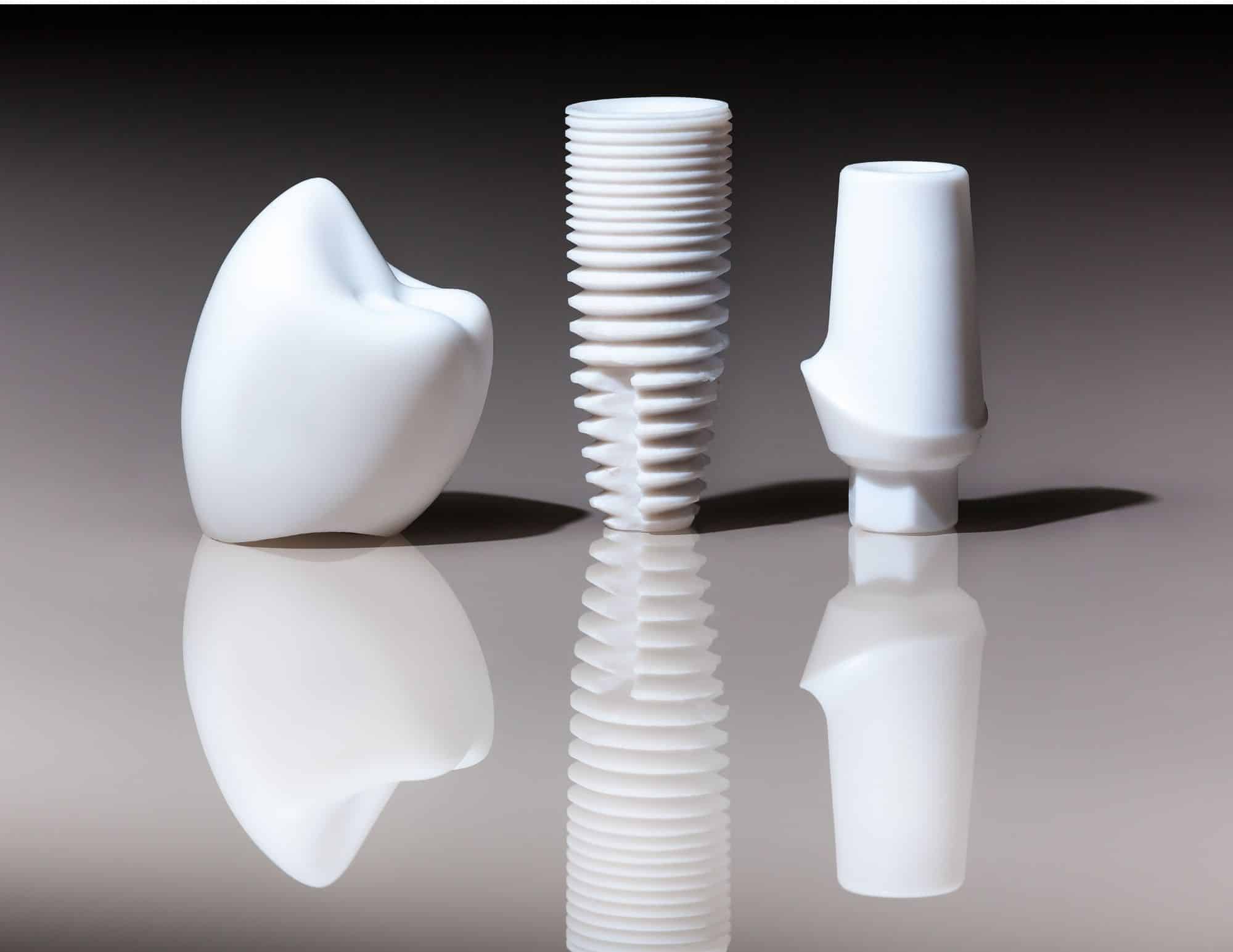
Crafting Perfection: The Journey of Creating Zirconia Teeth in a Dental Laboratory
Introduction
The creation of zirconia teeth in a dental laboratory is a fusion of art, science, and technology. Zirconia, known for its strength, durability, and natural appearance, has become the material of choice for many dental restorations. This blog delves into the meticulous and fascinating process of making zirconia teeth, highlighting the expertise and precision that dental laboratories bring to this essential task.
Step 1: Dental Impression and Model Creation
The process begins with a detailed impression of the patient’s mouth, which can be obtained using traditional dental impression materials or through advanced digital scanning. This impression is then used to create an accurate model of the patient’s dentition, serving as the blueprint for the zirconia restoration.
The Digital Revolution
More laboratories are now adopting digital impressions, which offer greater precision and speed. These digital models are used in conjunction with CAD/CAM systems to design and manufacture the prosthetic.
Step 2: CAD/CAM Design and Milling
Unleashing Digital Precision
The model serves as the basis for designing the zirconia tooth using specialized CAD software. Here, the technician can manipulate every aspect of the prosthetic, ensuring a perfect fit and aesthetic harmony with the adjacent teeth.
The Milling Marvel
Post-design, the CAD file directs a milling machine to carve the tooth from a zirconia disc. This process is a marvel of precision, transforming a solid disc into a detailed, intricate dental restoration.
Step 3: Sintering – The Heart of Transformation
The Power of Heat
In the sintering furnace, the zirconia undergoes a transformation. Under high temperatures, the material densifies, gaining its renowned strength and durability. This step is crucial; any deviation in temperature or time can significantly affect the quality of the final product.
Step 4: Artistry in Coloring and Glazing
Mimicking Nature
Post-sintering, the tooth may undergo coloring to match the patient’s natural teeth. This involves applying layers of specialized ceramic stains and glazes, a process that requires an artist’s touch to mimic the subtle nuances of natural teeth.
The Final Shine
A glaze is then applied, giving the zirconia tooth its characteristic smooth and glossy finish, akin to natural enamel.
Step 5: Final Adjustments and Quality Assurance
Ensuring Perfection
Before the prosthetic leaves the laboratory, it undergoes a series of adjustments and polishing to ensure a perfect fit and ideal aesthetic result. The restoration is meticulously compared against the original model and specifications.
Step 6: Fitting the Masterpiece
The Moment of Truth
In the final stage, the zirconia tooth is fitted into the patient’s mouth. This not only involves technical precision but also an understanding of the patient’s specific functional and aesthetic needs.
A Lifelong Smile
Once fitted and adjusted, the zirconia tooth becomes a part of the patient’s daily life, restoring function, aesthetics, and confidence.
Conclusion
The creation of zirconia teeth in a dental laboratory is a testament to the incredible advancements in dental materials and technology. It’s a process that combines the precision of digital technology with the artistry of human skill, resulting in restorations that are as beautiful as they are functional.
For those in the dental profession, understanding this process is essential for guiding patients through their restoration journey. For patients, appreciating the craftsmanship behind their zirconia restorations can enhance their trust and satisfaction in the dental care they receive.


Leave a Reply